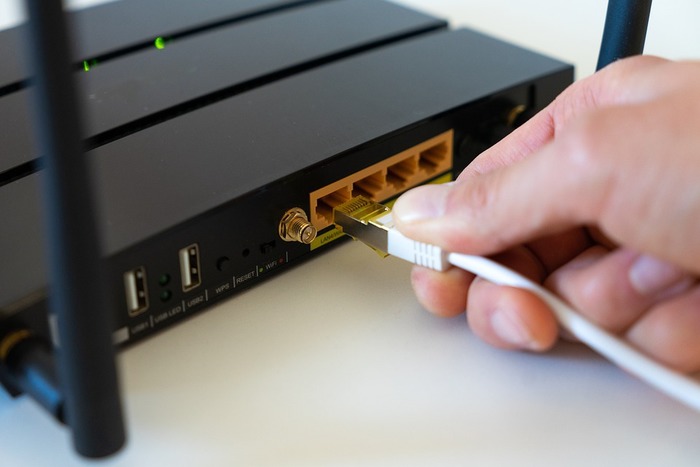How to Choose the Best Modem?

With the world moving online for most of their needs, a strong, reliable Wi-Fi router (also known as the modem) becomes crucial to hassle-free access to the internet—whether its on your smartphone, tablet, PC or TV. The current pandemic has forced most people to work from home, hence the need for a modem that can handle a number of devices simultaneously without affecting the overall internet performance, has become the need of the hour.
Lagging internet speeds and slow downloading and uploading sessions can mean its about time you upgraded to a stronger modem. However, when it comes to choosing a modem that can handle all the internet-enabled devices that you have, a little technical knowledge is required as most manufacturers include some ‘technobabble’ when describing their product. Here’s a guide to help you choose the best modem for your needs:
- The speed of a modem or Wi-Fi router is crucial to how well it will perform. The speed here is measured as megabits per second (or Mbps). It determines how fast signals travel from the modem to your internet-enabled devices.
- A majority of the commonly available modems are called ‘Wireless AC’ or ‘802.11ac’; of these, the fastest modem can reach high speeds of up to 5,300 Mbps.
- Most modems don’t reach this theoretical maximum speed in the real-world conditions however—same way that you don’t utilize the total horsepower of your car each time you drive it.
- Do note that this total combined speed is available across all your devices. This means that the speed is going to be divided out among all your devices and the greater the number of devices connected to your modem, the lower the speed.
- The new generation modems come with a feature called ‘dual-band’ and this basically means that they use two different frequencies (2.4GHz and 5GHz) to provide better signals to your devices. Some manufacturers label this feature as ‘tri-band’ too.
- While 2.4GHz frequency is better at crossing walls, it can get impeded by certain non – Wi-Fi devices within its vicinity; its obviously slower than the 5GHz too. A combination of these two frequencies however gets you faster and better signaling across devices.

